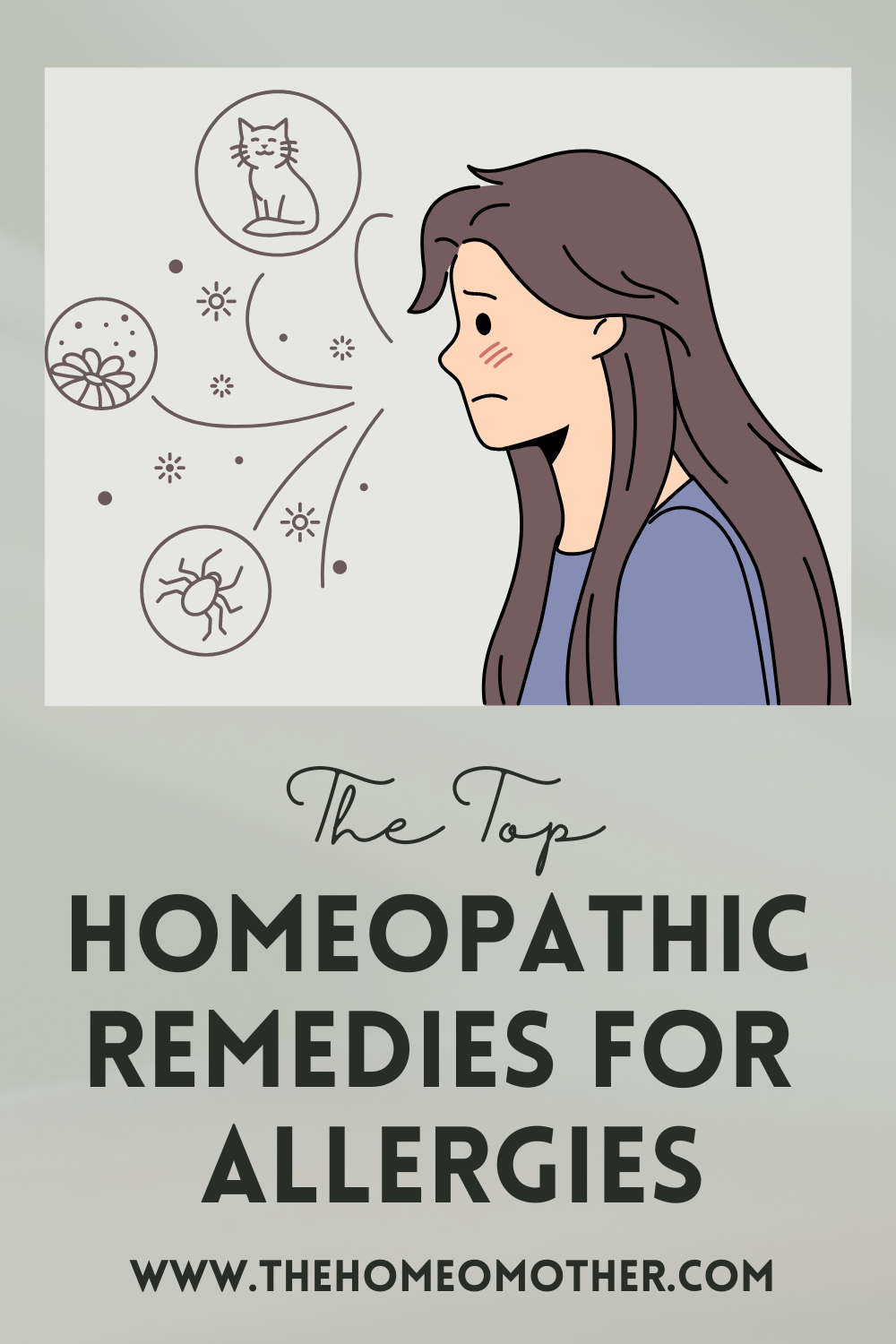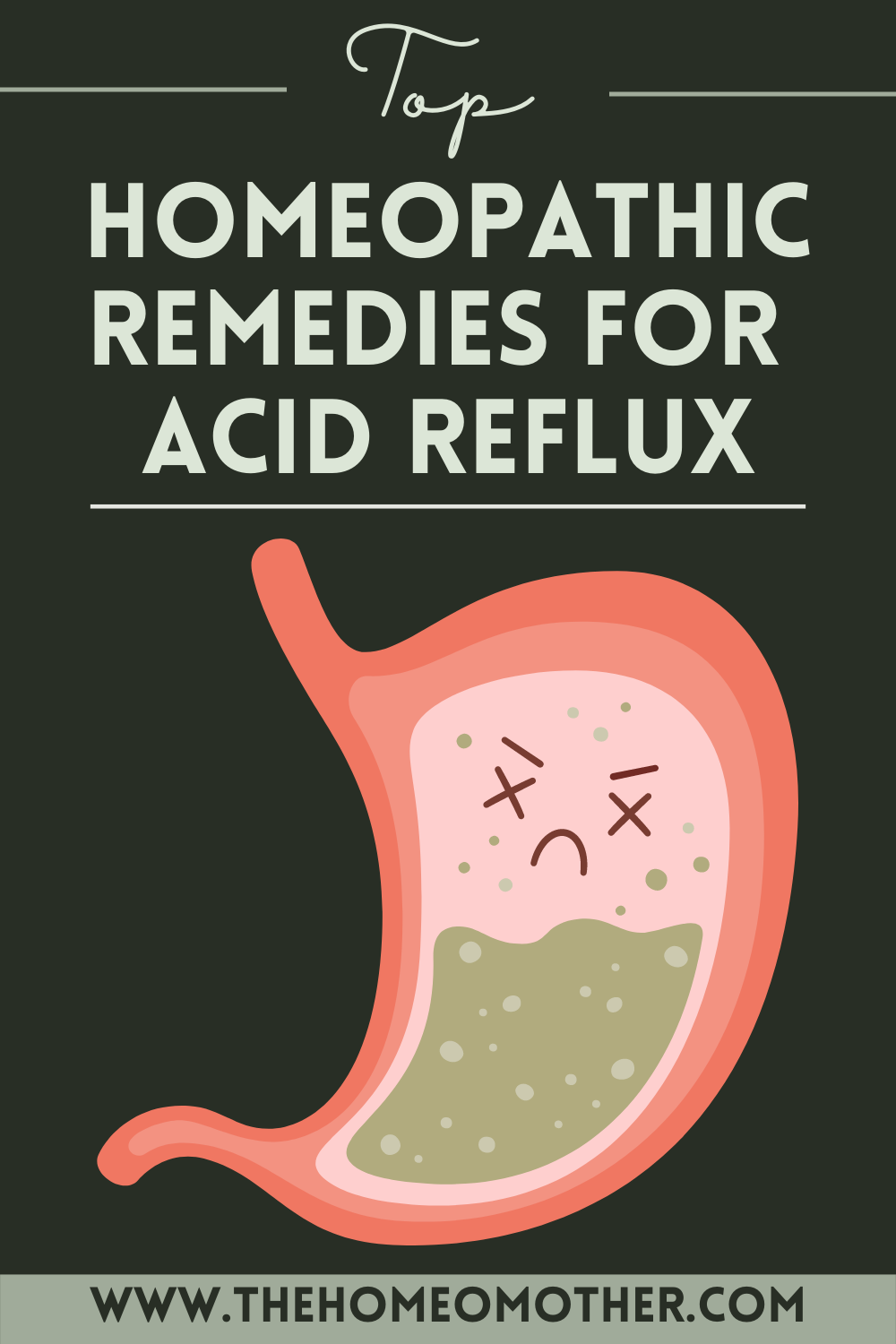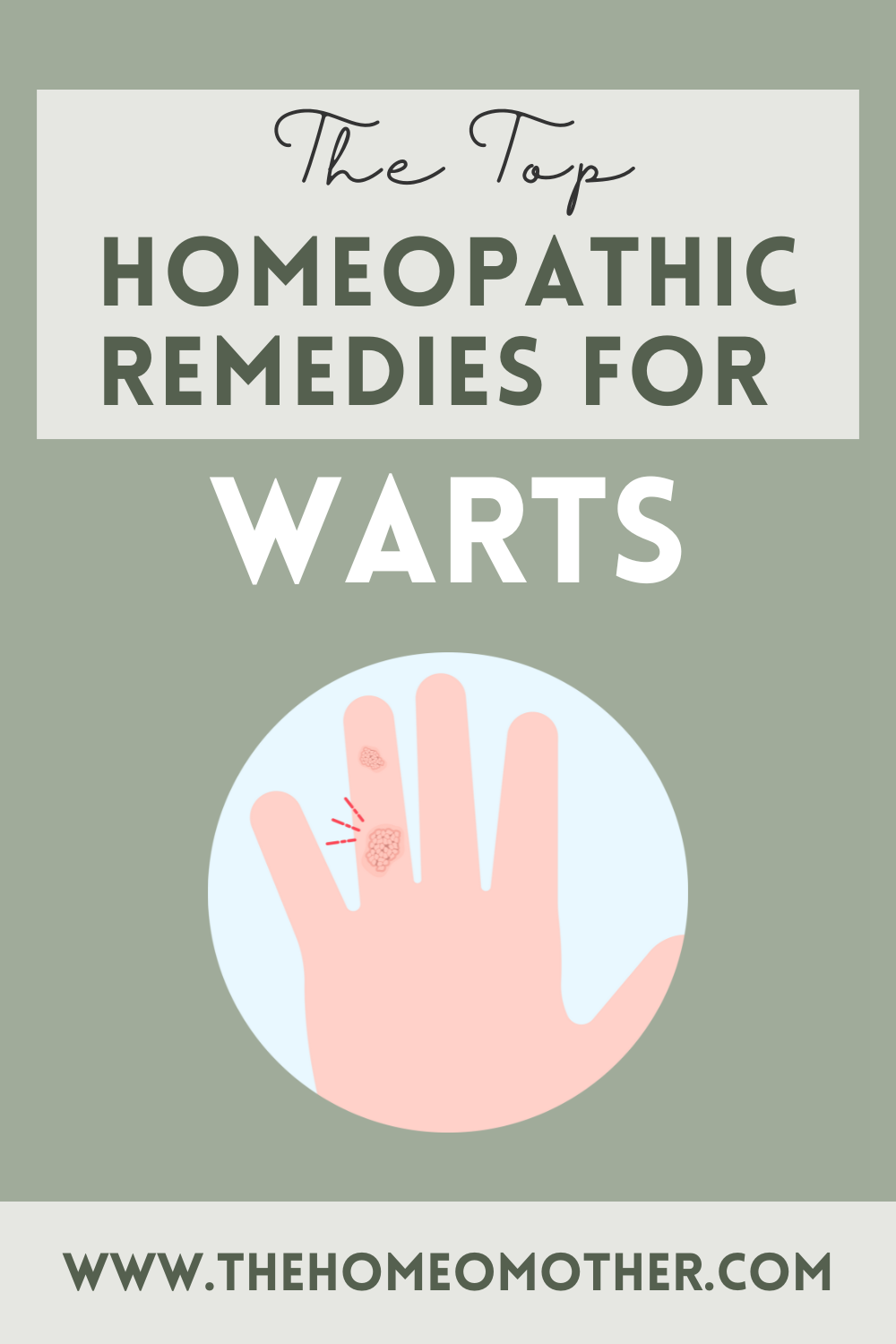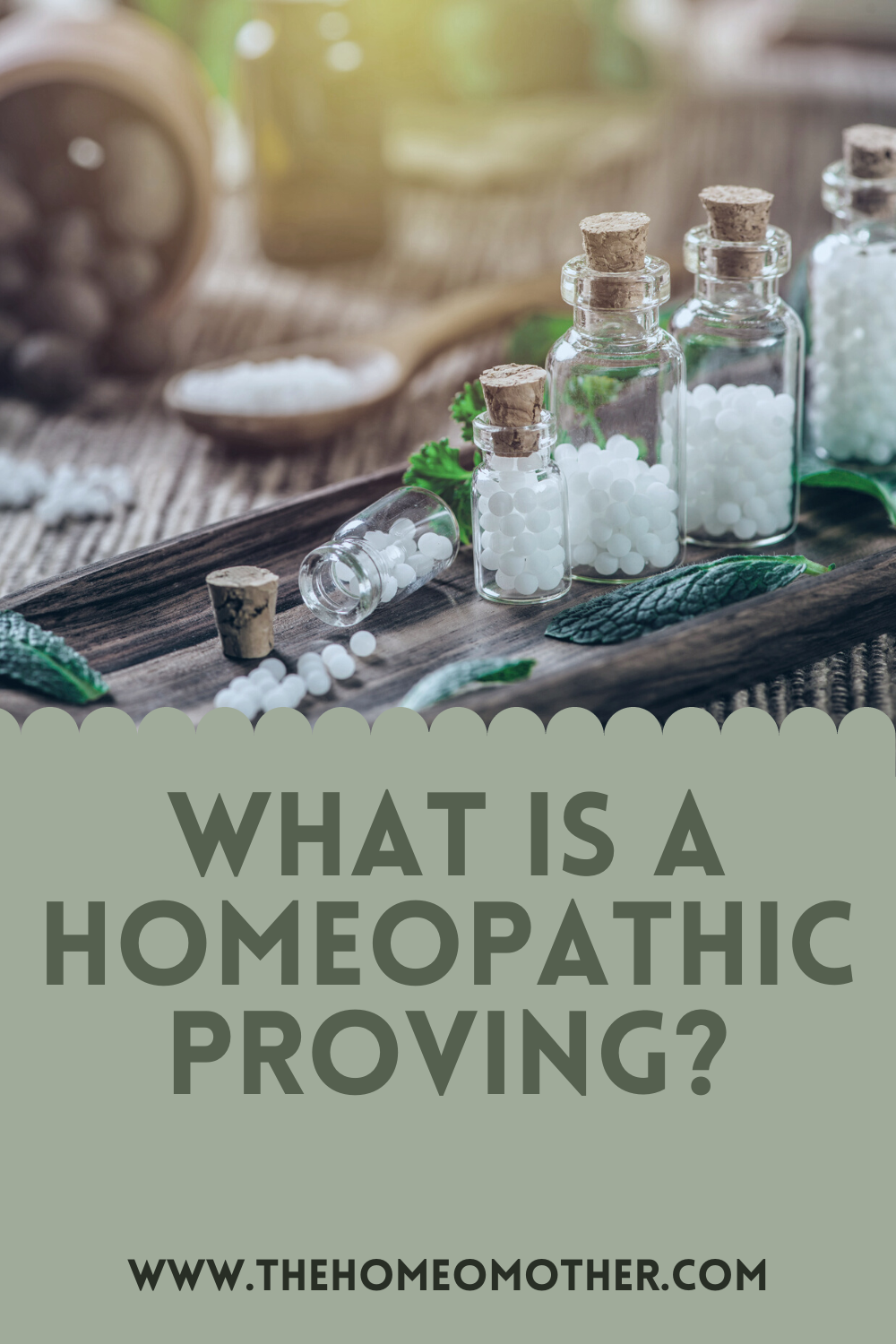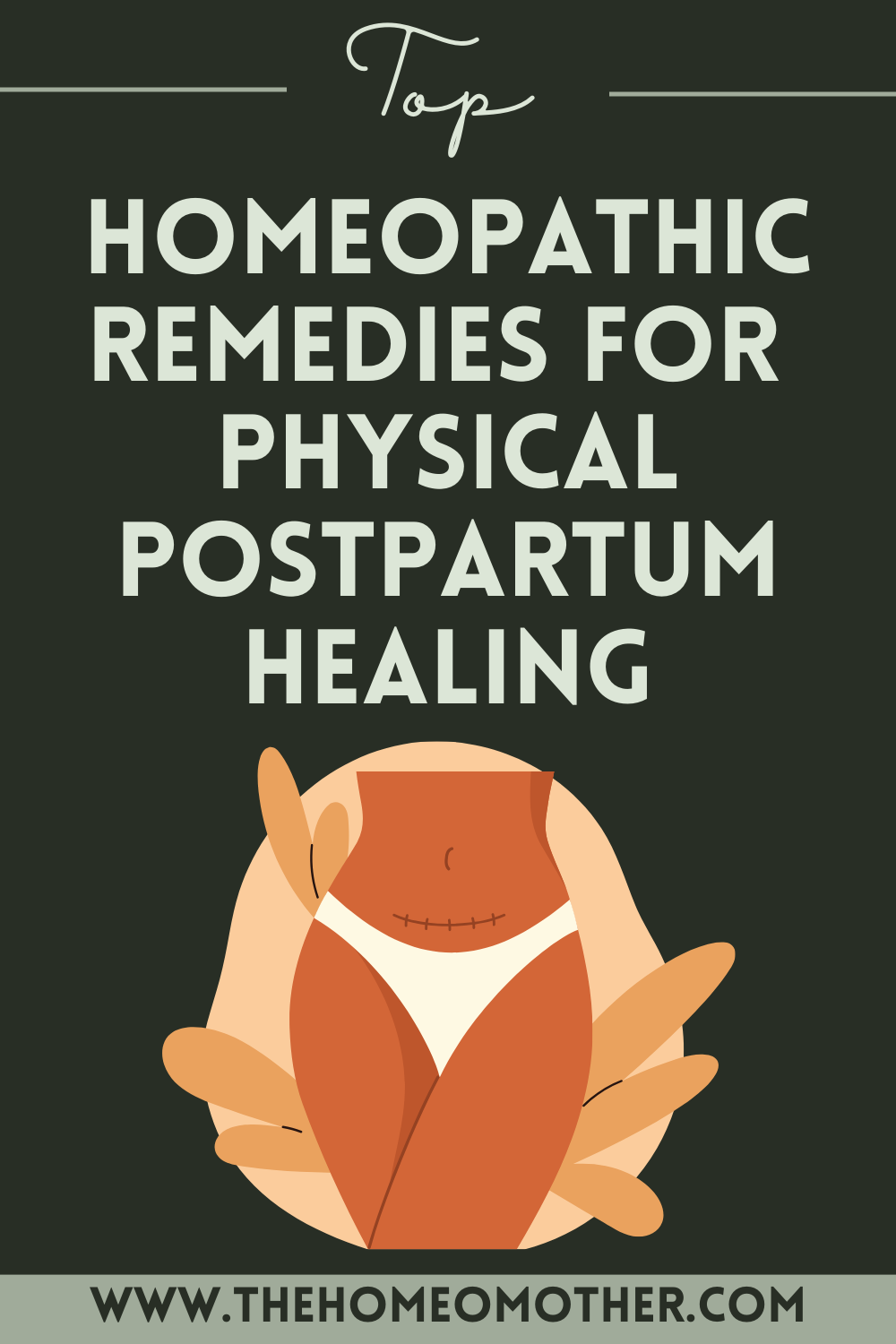The Top 9 Best Homeopathic Remedies for PCOS
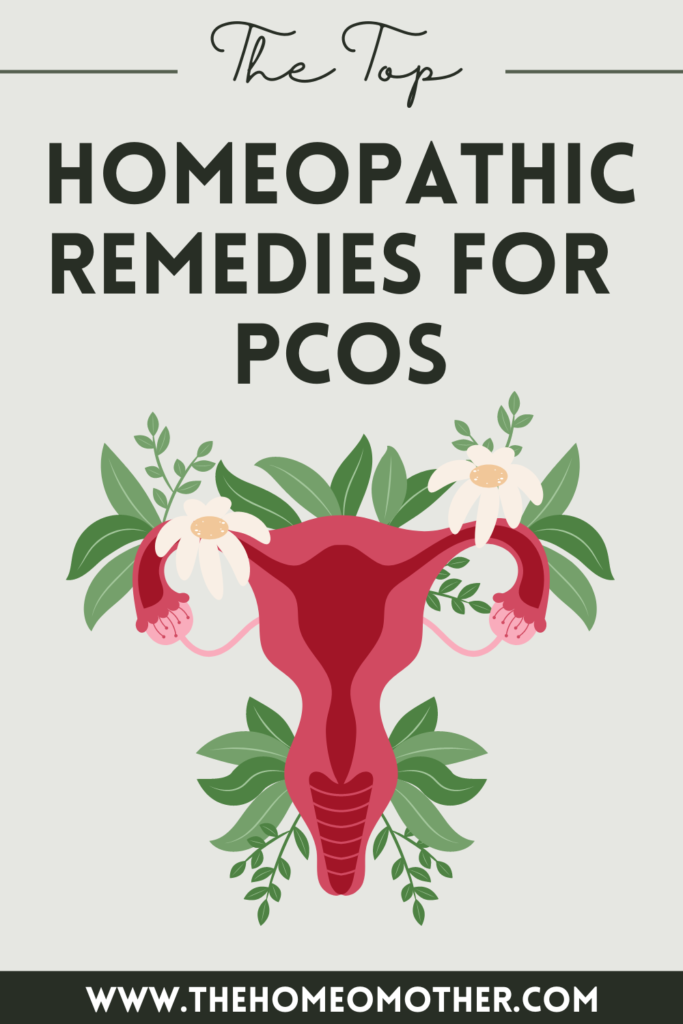
While I have not suffered with this issue, many women dear to me have and I have seen their struggle.
I remember years ago, a friend of mine woke up in blood – completely terrified and in pain having to go to the ER for a ruptured cyst.
She ultimately lost an ovary.
Fortunately, this is yet another area that homeopathy can help with.
Alas, here are some of the top homeopathic remedies associated with PCOS.
1. Sepia
Oh, Sepia. This is one of the most common remedies for PCOS. This is often indicated in women that feel more indifferent, detached, or even irritable towards loved ones. They often expend their energies on something external, like some type of great intellectual hobby or interest. This can then effect their libido, as they often have a low sex drive, pain during sex, and vaginal dryness. Their periods are often late, scanty flow, with bearing down pains felt in the uterus.
2. Pulsatilla
The majority of women with PCOS will either be Sepia, or Pulsatilla. Pulsatilla in many ways is kind of the opposite of Sepia. Where Sepia is indifferent, Pulsatilla is instead very, very emotional. This type is denoted by great emotions, with weepiness, crying, and needing a lot of support/consolation. This type is notoriously thirst-less, and often prefers the open air outdoors. Their periods are extremely suppressed, and can even skip months or be irregular. When the periods do occur they are often very painful, and scanty.
3. Cal Carb
Where both Sepia & Pulsatilla have more of scanty flow, Cal Carb is known for having a very profuse, heavy flow. This type may have issues with weight gain and losing weight. They are likely to have a more pale skin tone, and can even have white birth marks on the skin. There can be a history of bone or structural issues, immune/allergies, sweating from their head, They may feel deep feelings of insecurity, and often really crave eggs.
4. Lachesis
This type is known for having left sided ailments of all kinds (also see Thuja), which extends to left sided PCOS cysts. Those needing Lachesis often have very extreme pms symptoms, feeling immense irritability until the moment that menstruation actually begins – and they then feel great relief. This type is known for being very chatty, can be abrasive with their words at times, and feel extremely uncomfortable with anything around their neck.
5. Apis
This type of PCOS is usually most indicated by cysts or pains felt exclusively on the right side (also see: Lycopodium and Belladonna). Mentally, this type is the proverbial “busy bee” and generally can go from thing to thing keeping themselves busy.
6. Nat Mur
Nat Mur is strongly associated with issues conceiving from PCOS, as well as repeated loss in the first trimester (along with Ignatia). This often has very suppressed and irregular cycles. Emotionally they are very reserved, and can have chronic issues with dry skin & constipation.
7. Thuja
Along with Lachesis, this type has pains featured on the left with often multiple cysts, and can be indicated by excess hair growth. They can have a suppressed cycle, and may be a history of warts or skin tags. This type often has bad reactions to allopathic medicines.
8. Lycopodium
Along with Apis and Belladonna, Lycopodium features pains predominately on the right side. It is typically noted by issues between 4-6pm, and can also have digestive or kidney/liver issues.
9. Belladonna
This type is indicated by extreme pains on the right (also see: Apis & Lycopodium). There can be a lot of heat associated in some type of way in those needing this.
NEED HELP?
Stumped and need support finding the right fit? Join the community to ask your questions, connect with like-minded individuals, attend live weekly Q&A and so much more!
SO HOW DO I TAKE THESE?
Given that this is such a physical based issue, 3-4 pellets of a very low potency like 6c (see post: Homeopathic Potencies Explained) daily would likely be the greatest benefit. If there is zero improvement after a week or two, consider a different remedy or even working with me.
I hope that you all found this informative and interesting! If so be sure to subscribe to my newsletter (you will get a copy of my free first aid guide) and leave a comment below.


